
Working as an exhibition designer, I hear from many museum employees that their least favorite part of the process is watching an exhibition come down knowing most of the exhibition materials are headed for the landfill. This level of waste is avoidable. I believe our field can do better. How can we design museum exhibitions to minimize waste and have as gentle an impact as possible on our planet? In this article, I will discuss a movement working toward this future called “design for deconstruction” and share how you can lower your exhibitions’ carbon footprint by sourcing and recycling materials with the help of free online resources.
Design for Deconstruction
“Design for deconstruction,” or “design for disassembly,” refers to the practice of building structures so the components can easily be reused after the structure’s life cycle. In the context of an exhibition, this means that when we design the details of how it goes together, we start with the assumption that at the end of its life, we will want to disassemble each unit to reuse the cases, plinths, and substrates for new exhibitions. The easiest way to think about this is with the phrase “clips and screws, not nails or glues.” Are there creative ways we can fasten materials together so they can be disassembled without destroying the materials? (This will often mean that visible screws become an acceptable design standard.) Design for deconstruction can also mean selecting some degree of standardization to govern more than one exhibition. For example, are there standard exhibition furnishings, display case sizes, or graphic panel sizes that would work from one exhibition to another? That way, the materials salvaged from one exhibition could be more easily reused in another exhibition with minimal waste.
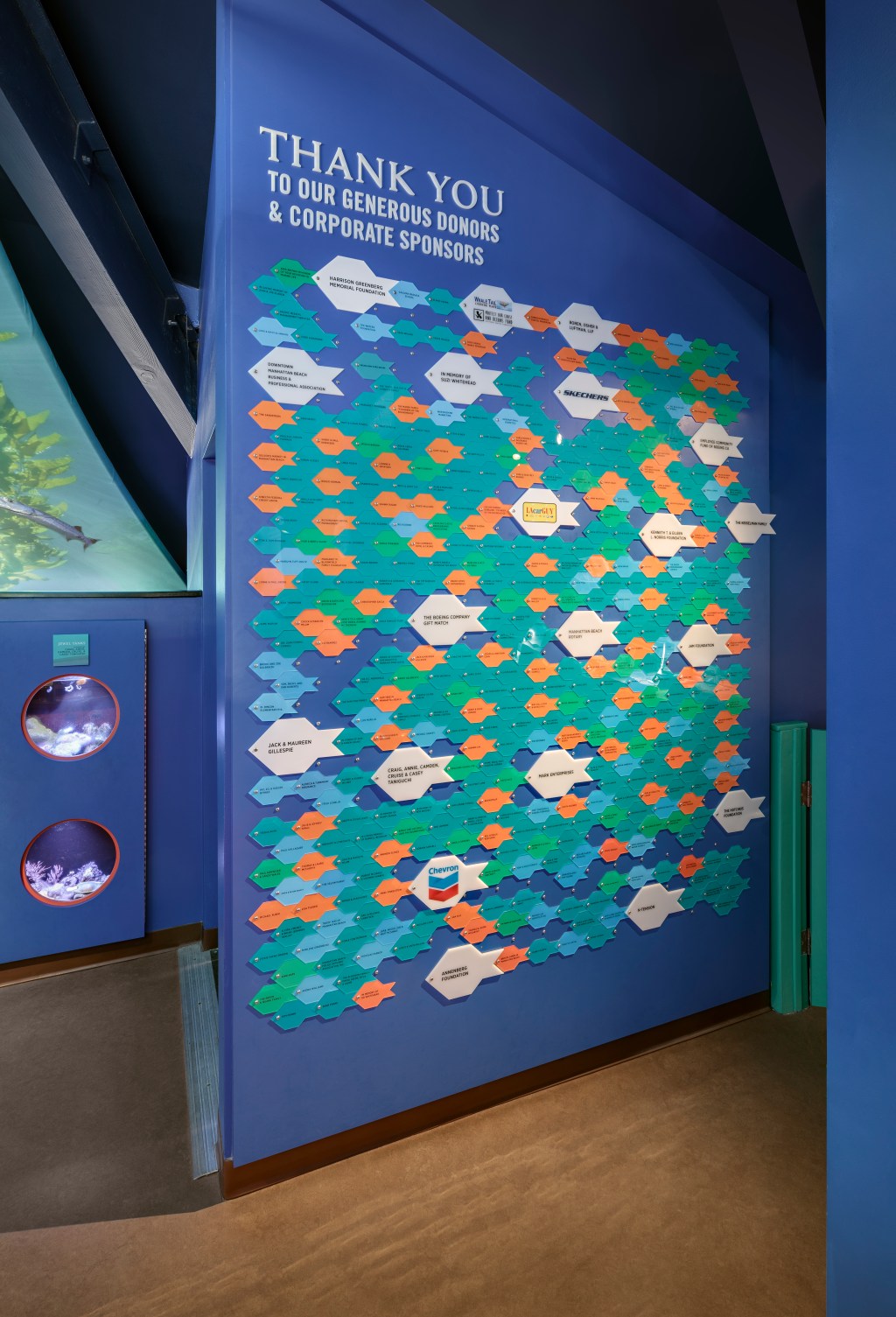
Reusing material again and again eliminates waste and is the best way to reduce the carbon footprint of exhibition materials. It takes an excellent designer to design beautiful and compelling exhibitions under these constraints, but it can be done. It may require more time and staff to refurbish materials as they start to wear, but the benefit of using resources this way, rather than toward new products, is that the money often goes to local people rather than distant corporations. The other benefit of this practice is that museums with very small budgets have a leg up, as they are already accustomed to reusing materials out of necessity.
Sourcing Low-Carbon-Footprint Materials
Carbon footprint refers to the embodied carbon or the amount of greenhouse gas emissions that are produced when manufacturing and using a material. Often these emissions are carbon dioxide that is produced when fossil fuels are burned, but even if these greenhouse gas emissions contain elements other than carbon dioxide, they are most commonly written in the unit of CO2e, or carbon dioxide equivalent. This helps us to compare the severity of different greenhouse gas emissions, as 1kg of methane emissions (CH4) is equal to 29.8kg of carbon dioxide emissions.
We can apply this concept to exhibition materials and building techniques to measure our own sustainability. For example, a temporary exhibition at the Design Museum in London, Waste Age: What Can Design Do? (October 2021 through February 2022) strove to create a temporary exhibition with an extremely low carbon footprint. After the exhibition finished, the museum hired the design studio URGE Collective to conduct an environmental audit. The studio team collected information about the carbon footprint of the exhibition by analyzing the embodied carbon in each of the materials, the transportation of the items displayed in the exhibition, and even the Zoom meetings and emails the museum used to communicate. In the end, they found that the design choice that had the biggest environmental impact was to change the building’s power source to 100 percent renewable energy. Because the exhibitions were constructed on site, renewable power reduced the carbon footprint by 85 percent, from a potential 185 metric tonnes CO2e to the final total of 28 tonnes CO2e.
The exhibition also pursued a low carbon footprint by using salvaged materials, such as a central wall and plinths that had previously been used in other exhibitions. For new walls and display furniture in the exhibition, the designers chose materials such as locally sourced clay, wool, and engineered timber, and built a wall of unfired adobe bricks with no fittings to be reused in future exhibitions. In the audit, they were surprised to learn that the exhibition material with the highest carbon footprint was the stainless-steel screw. They used roughly 4,800 stainless-steel screws to hold the exhibition elements together, resulting in 1.9 tonnes CO2e, or roughly 7 percent of the total exhibition footprint. Using timber-framed walls instead of aluminum studs saved 1.5 tonnes CO2e. Using unfired bricks instead of fired bricks saved 6 tonnes CO2e. Digital communications such as email, video calls, and file sharing contributed about .75 tonnes CO2e, or about 2.7 percent of the total carbon footprint.
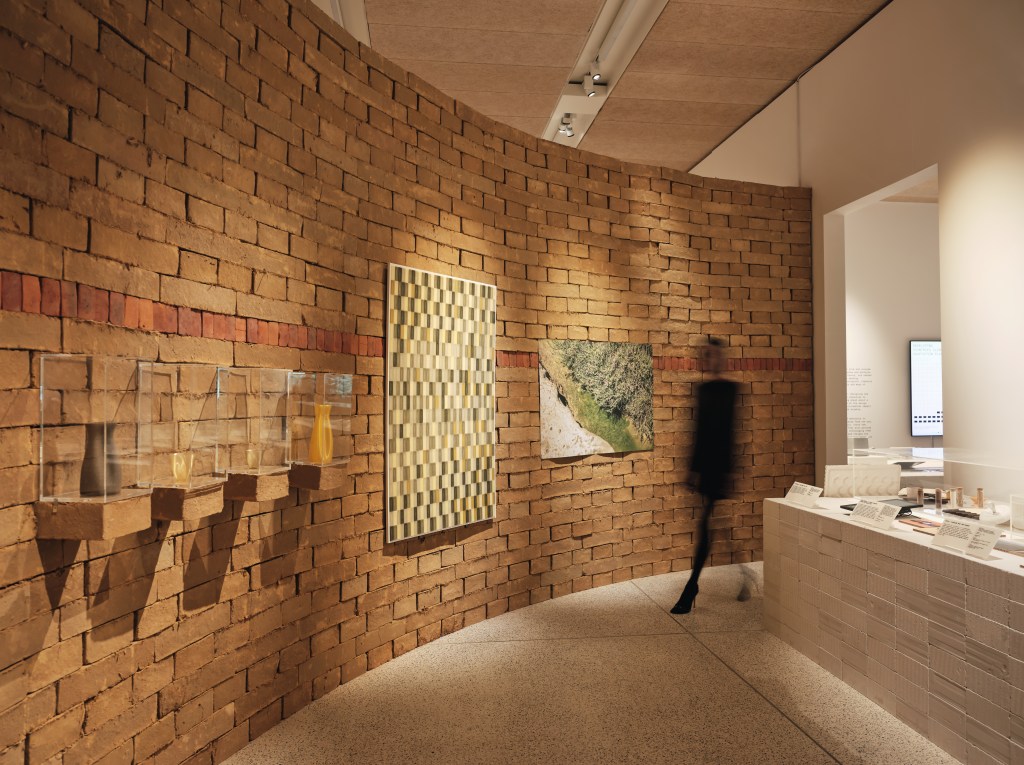
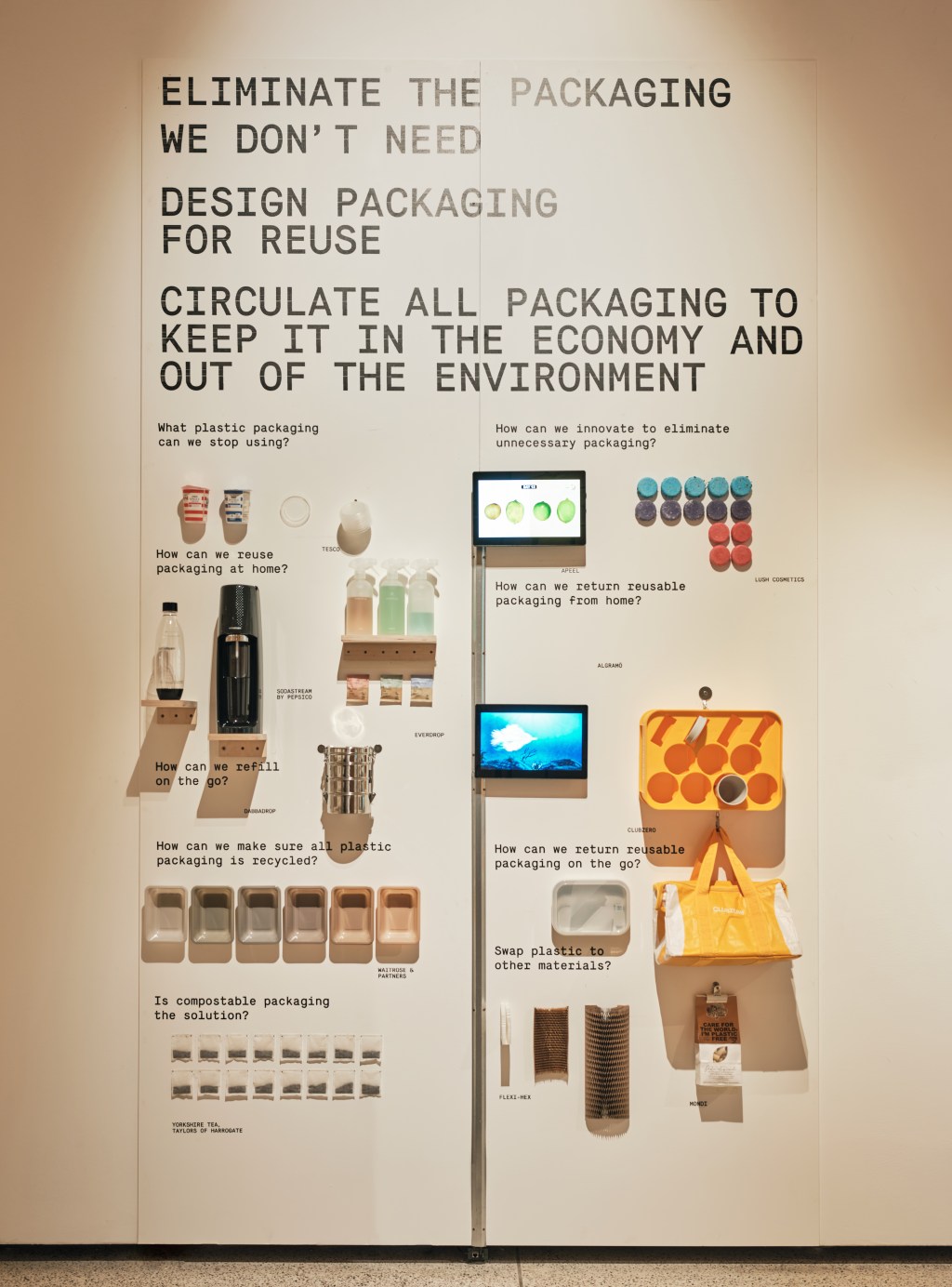
As you monitor the carbon footprint of your exhibitions, sometimes a full environmental audit such as the one carried out by the Design Museum might be the right choice. To create a 100 percent accurate estimate of carbon footprint, you may need to hire an expert. But if that’s not possible at the moment, and you are aiming for 90 percent “ballpark” accuracy instead, you can do it yourself, quickly. These ballpark carbon footprint models can help stakeholders understand a lot about how different materials will affect the project’s carbon footprint.
Here are some tools to quickly find good information about the carbon footprint of materials you might be considering:
This website was created through a grant from the National Endowment for the Humanities. It is incomplete but provides the carbon footprint in CO2e for many materials used in museums and cultural heritage institutions.
- The Embodied Carbon in Construction Calculator (EC3)
This powerful online tool requires you to register with a name and password but is free to use. It was created by the non-profit 501(c)(3) organization Building Transparency, based in Washington state. It is primarily intended for architects, but is a great place to go if you are looking for the carbon footprint for a building material that is not listed on the STICH website. It will give you a range of a particular product’s carbon footprint from a conservative estimate or worst-case scenario, an average carbon footprint, and an ambitious, low carbon footprint.
Recycling Materials in the Circular Economy
With some effort, museum staff can find second homes for many of their outgoing exhibitions or exhibition components, or serve as a second home to incoming ones. It is often much more difficult to design new exhibitions using salvaged materials, but reusing materials is key to establishing a truly circular economy. Our current economy is linear, moving from low-cost production to the landfill. The circular economy is based on minimizing waste and creating higher-quality products that can be renewed, repaired, and reused. It has more of a learning curve and directly challenges the ways we have learned to work as designers. However, we all tell stories that could be made richer or more compelling by gathering objects or materials from the community. Salvaged materials often have a deeper connection to the people in your community or the history of a place.
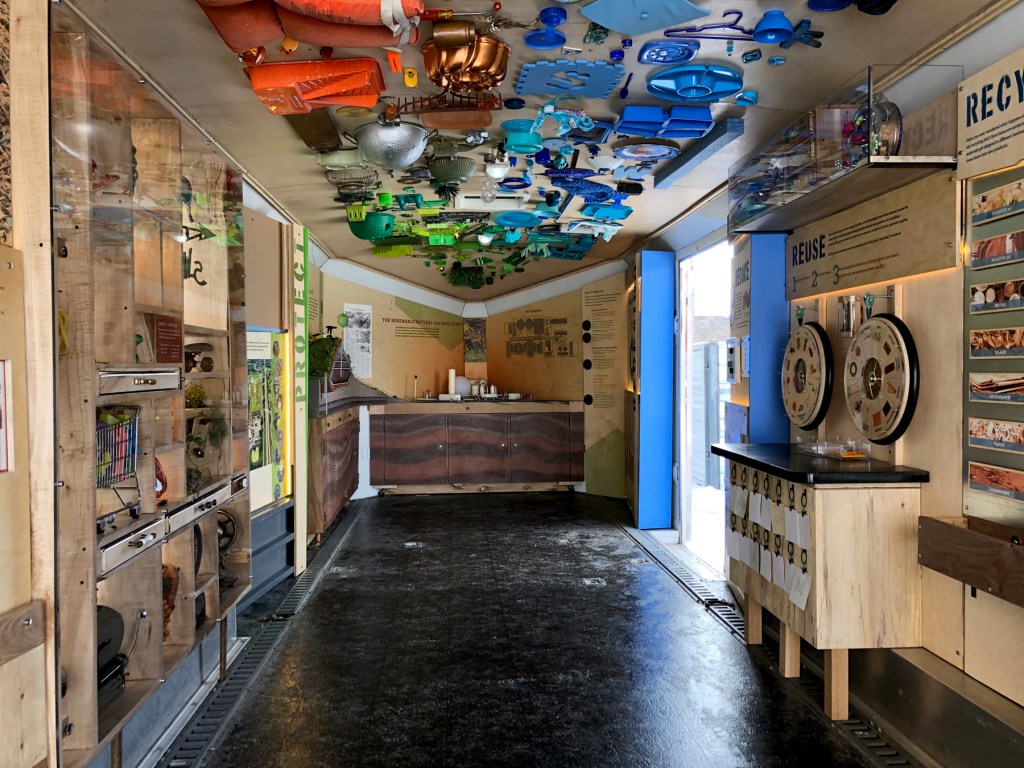
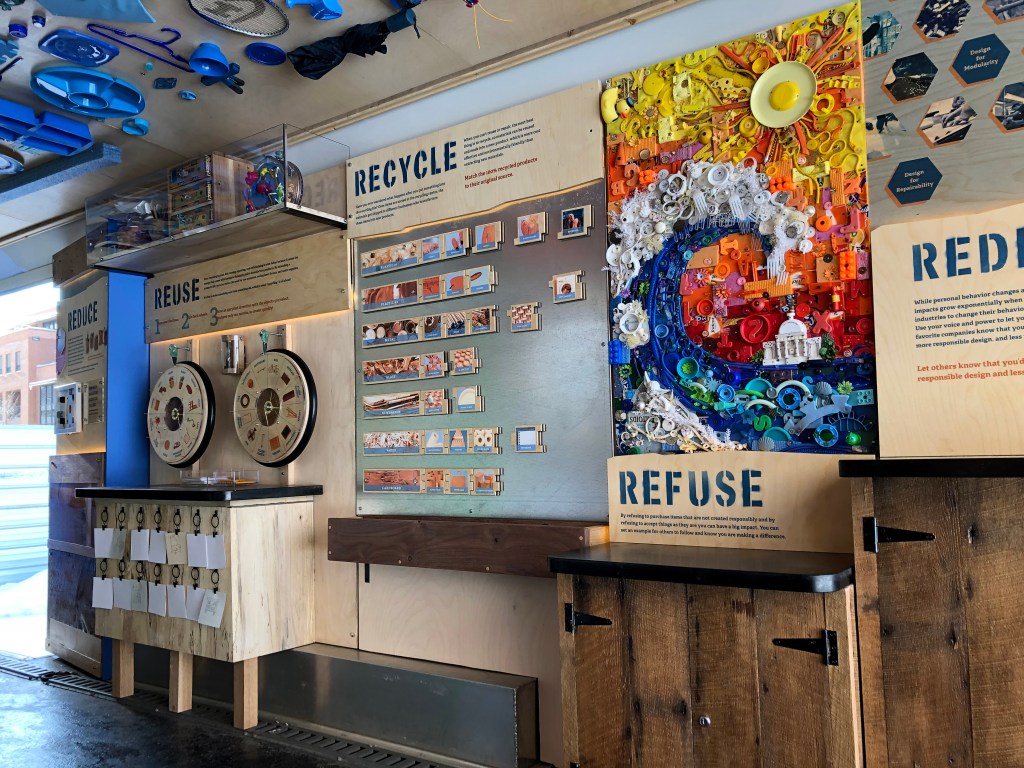
Here are some online resources for finding salvaged materials to use in your exhibition:
- allforreuse.org/ecosystem-map
This is an open-source map highlighting local businesses that support the circular economy, such as dealers in building material overages or used architectural items. - barder.art
This site primarily caters to art museums. It lists free or for-sale items such as display cases, vitrines, crates, etc., and can be filtered by location. - craigslist.org
This online personal ad site is still a great place to find local furniture or supplies. Look under “For Sale” and then under “Free” to find no-cost furniture, plywood, other wood scraps, acrylic, etc., available in your neighborhood. - culturenut.com
This website is hosted by Exhibitions Development Group, LLC, a St. Paul, MN, company that rents out temporary exhibitions. Culturenut is a marketplace to assist museums in recycling and upcycling materials ranging from stone bowls you can sell in your gift shop to used pedestal signs, dinosaur costumes, and furniture. Culturenut is museum-specific but is not local to your community and often requires shipping fees. - facebook.com
Try Facebook affinity groups for historic houses and small museums or for local or state museum associations. Often these groups have marketplaces or are excellent places to post items that you would like to acquire or offload. - freecycle.org
The Freecycle Network is dedicated to keeping good stuff out of our landfills. It will connect you to people who are gifting items. This site is not museum-specific, but it is local to your community.
Museum exhibition designers can use these tools, and others, to create a study of the various options for building materials for exhibitions. In my studies, I list the desired lifespan of the exhibition and the lifespan of the materials, so that museums can choose between a higher-carbon-footprint material that will last the lifetime of the exhibition or a lower-price and lower-carbon-footprint one that may need to be replaced, for instance.
When collecting the carbon footprint of a material in CO2e, it is important to make sure you are comparing apples to apples. The first thing to look at is the functional unit. This tells you how much of the material is being considered when calculating the carbon footprint. It may be 1 kg for one material and 1 cubic meter for another material. The second thing to look at the material lifecycle that is considered in the carbon footprint. For example, the carbon footprints listed in the STICH Carbon Calculator are considered “Cradle to Gate,” or A1-A3. This means that the carbon is calculated for the raw material extraction (A1), transportation to the manufacturer (A2), and the manufacturing process (A3). Some other carbon footprint analyses may also consider the carbon used in the construction stage, including transportation to the building site (A4) or installation into the building (A5). When creating environmental product declarations, or EPDs, manufacturers will also consider the product use stage (B1-B7), the end-of-life stage (C1-C4), and the reuse, recovery, and recycling potential (D). A carbon footprint number that includes A through C life cycles is considered “Cradle to Grave,” and a full analysis of the products’ ability to be refurbished or recycled and reused includes A-D and is called “Cradle to Cradle.” The important thing is to make sure you are comparing materials with the same functional unit and the same lifecycle scope.
Learning these skills can help museums and designers have a more nuanced understanding of the environmental impact of the materials they are choosing to use and can be especially helpful when considering the benefits of two options. We all need to change the way we design and install exhibitions as we work together to find solutions that lessen the impact to people, animals, and the ecosystems of our planet, with the ultimate goal of regenerative design that does more good than harm.
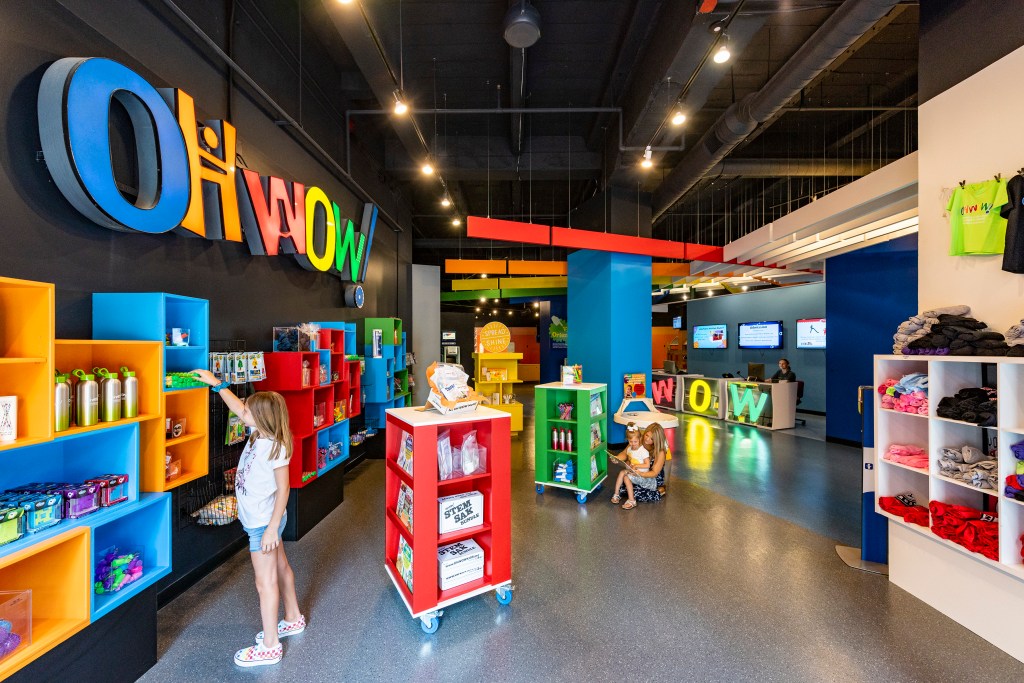





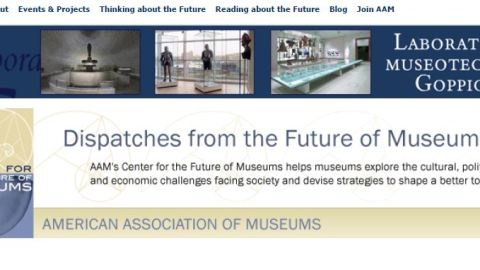

I would love to find an alternative to the vinyl wall graphic. The only thing I have come up with so far is to project the graphics instead but is the amount of power consumed for the projector any better? We typically do up to a dozen large wall graphics for any given exhibit. I hate seeing all of this plastic going into the trash at the end of the show. This is “peel and stick” vinyl so it can’t be re-used.